Wicked Cribbage is a game I spotted on Kickstarter and was immediately sucked in. I like Cribbage. My friend Mike and I play quite often. He is much, much better than I am, but I can sometimes surprise him and get a well-earned game victory; I can even pull off the occasional match (we usually play best of seven with skunks and double skunks).
Cribbage is a game that is old enough that I think going over the rules is not really needed for this review. I recently did a Back in the Day look at this aged classic. Check that out if you need a refresher. What I will concentrate on here is what Wicked Cribbage brings to the table, what works, and what does not work.
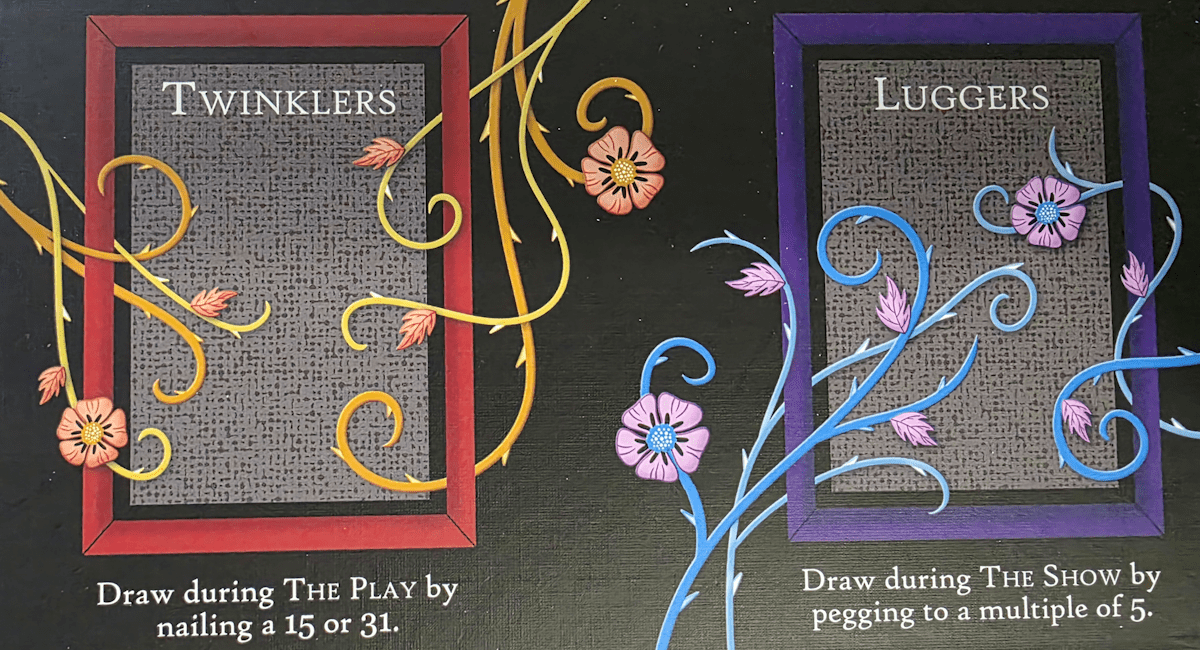
Chaos on the Cribbage Board
Wicked Cribbage adds two things, and two things only, to the game: Twinklers and Luggers.
Twinklers are cards with special abilities that a player can draw and use anytime during the play portion of the hand when the card they play causes the current sum total to reach exactly 15 or 31. Twinklers, when drawn, take effect immediately.
Luggers are cards with special abilities that a player can draw and use anytime during the show portion of the hand when, after counting their hand and/or crib, their score reaches a multiple of 5 (e.g., 5, 10, 15, etc.) Luggers, when drawn, may be played at any future time during the portion of the turn indicated on the card (e.g., the deal, the play, or the show).
The sorts of things that a Twinkler or Lugger can do range from adding an additional starter card (making it possible to score more than 29 points in one hand) to causing someone to peg backwards to being able to look at the cards placed into your own crib before you decide what to put into it.
All of this comes off as having much the same kind of intent and effect of the cards in Knightmare Chess. It just doesn’t work here.
Persistence Problems
The possibility of a Knightmare Chess for Cribbage is what fascinated me when I first saw the campaign! Knightmare Chess is a fun yet decidedly non-chess game that levels the playing field between Chess novices and experts by throwing in elements of the unknown as the game progresses. Each play of a card in Knightware Chess will cause laughs and smiles as something odd, strange, or outright insane happens on the board that both players now have to adjust to. The same cannot be said for Wicked Cribbage. The problem is that there is no persistence of the game state in Cribbage.
In Chess, after a series of moves, the state of the board is maintained in a way that previous moves continue to impact the possibilities of future moves. In this way, coupled with the myriad pieces and interactions possible, Knightmare Chess can have fun with the game while allowing players to feel they are still in control of their game.
In Cribbage, each hand is distinct and the only persistent element is the running score. Thus, each card has to have an effect and immediately be forgotten. Nothing persists–no pieces are altered, no changes to the game board, no nothing. Just peg forward, peg backward, or for this hand (and this hand only), add or subtract this card. Each Twinkler and Luggar feels like a random pat on the back or a random boot to the head, and nothing in between. It may or may not level the playing field, but it removes any and all sense of control over anything.
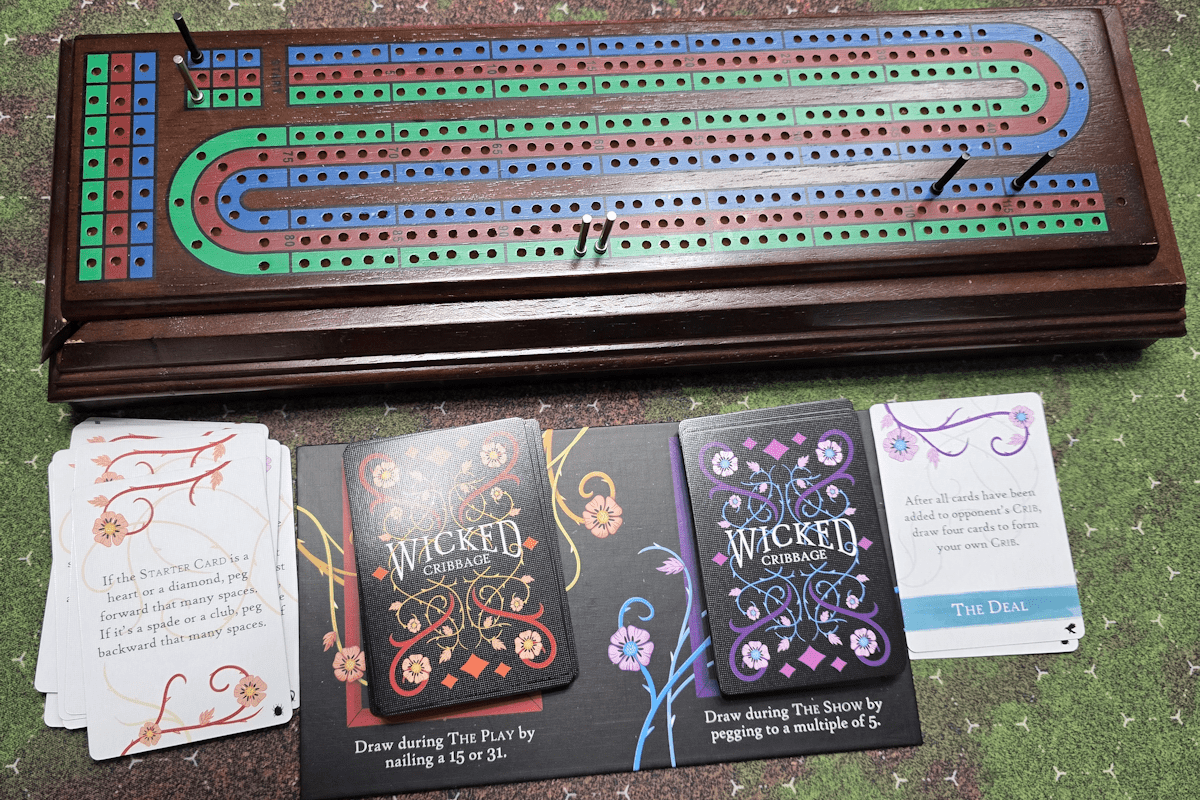
Final Thoughts
I had high hopes. Then, after a game or two, I lowered my expectations. After a couple of matches, Wicked Cribbage fails to clear even the lowest of bars. Each time a card from the set was played, it was met with the feeling that something less than exciting was about to interrupt the game.
In the end, adding Wicked Cribbage to the classic does not really add anything of value, while it manages to remove the fun from a great game.


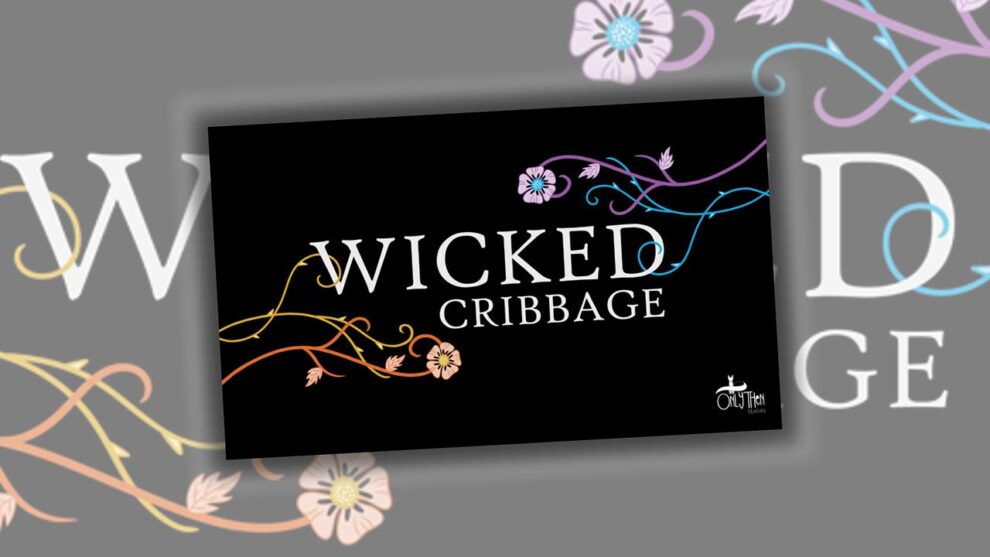
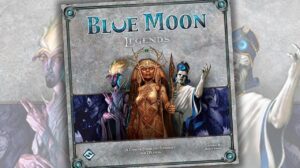





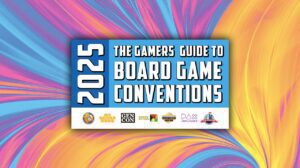

Let me say, I’ve played a dozen or two rounds of Wicked Cribbage these past few months, and my wife and I think it’s great! This review started okay, explaining how simple of an addition this is, but missed the mark on “persistence problems.” Drawing a Lugger gives us a chance for some new strategy and the Twinklers add a nice touch of luck. Each time a card is played, something both unexpected and fun happens, but the core of cribbage is still there. Super cool!
I am very happy you like it. It just fell flat for me.